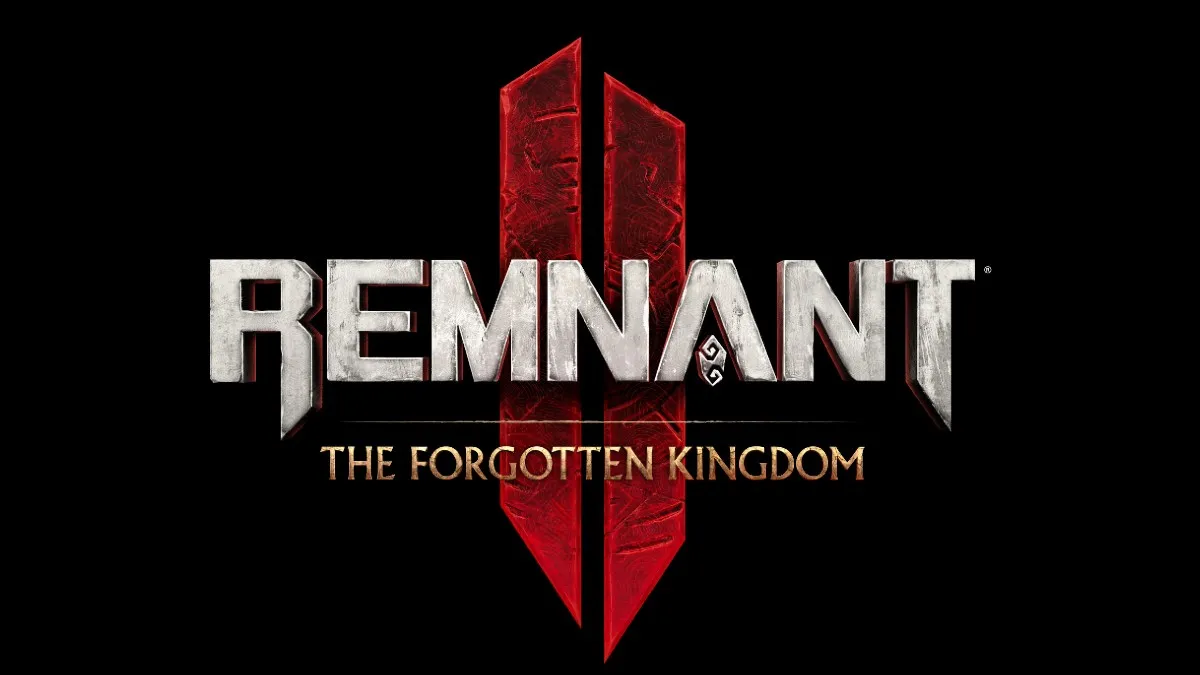
Seemingly lifeless white dwarf stars apparently still have a little bit of kick to them.
Astronomers have successfully proven that dead stars known as white dwarfs can re-ignite and explode as supernovas. The breakthrough seemingly solves a mystery concerning the nature of the Type 1A category of supernovas. Theorists suspected that white dwarfs could explode due to a disruptive interaction with a companion star, but before now lacked definitive evidence.
As it nears the end of its lifespan, a star with the same mass as our Sun will lose its outer layers as its core diminishes- becoming a white dwarf. If left alone, single white dwarfs will simply cool off over time. However, a maximum mass exists known as the Chandrasekhar limit at which a white dwarf can remain stable. If a white dwarf acquires matter from a nearby companion or collides with another white dwarf, the extra weight can compress the carbon in the core until the element experiences nuclear fusion.The carbon is fused into heavier elements with an abrupt release of energy that tears the star apart.
Although Type 1A supernovas supposedly occur frequently across the Universe, for one to happen in any one galaxy is extremely rare- with one projected every few hundred years. Astronomers have possessed the tools to detect the signature of this fusion for a while, but had to wait for a supernova to explode nearby so that they could begin their observations. One such opportunity came earlier this year on January 21st, when students at the University College London’s teaching observatory at Mill Hill detected a Type 1A supernova, later dubbed SN2014J, in neighboring galaxy M82. Eugene Churazov and colleagues studied gamma-ray data gathered by the European Space Agency’s Integral spacecraft between 50 and 100 days after the explosion.
Despite finding the signature of cobalt decay and an amount of gamma-ray emission that was a perfect match for theoretical models of a white dwarf explosion, the researchers were unable to distinguish between the two theoretical scenarios for the catalyst of a white dwarf supernova. “It is perfectly consistent with the simplest scenario, of a single white dwarf with a mass close to the Chandrasekhar limit. But we cannot exclude with this data that this event was caused by a merger [of two white dwarfs],” said Dr. Churazov.
Eager to unlock the secrets of the cosmos? Read more about the experiment that seeks to determine whether our universe is a hologram or not.
Source: BBC News


